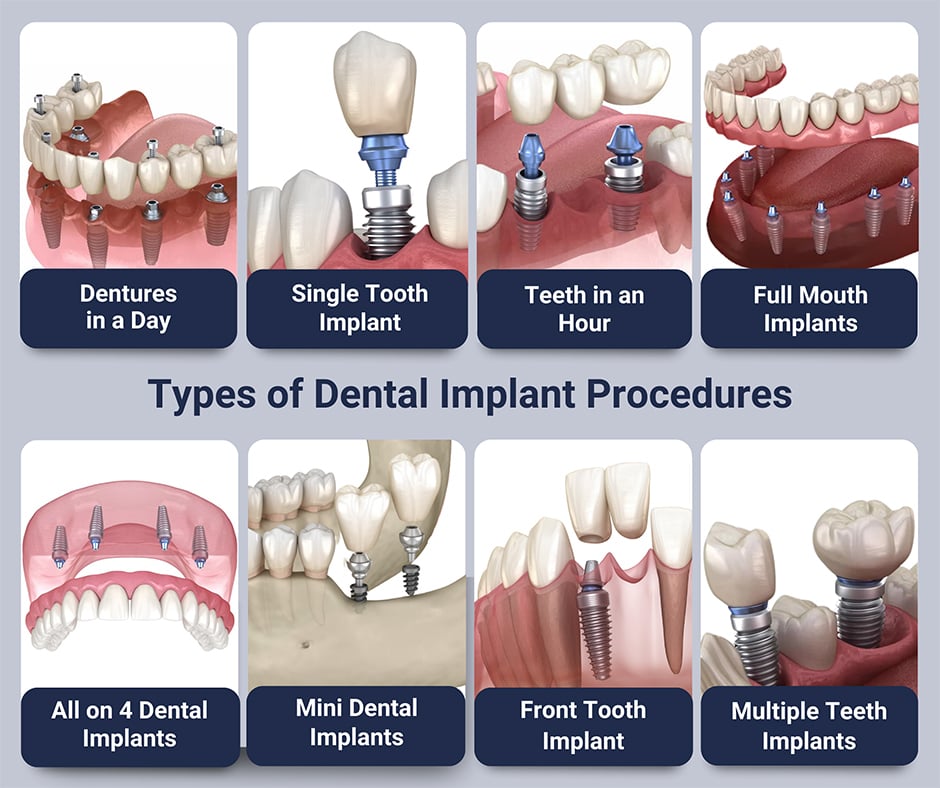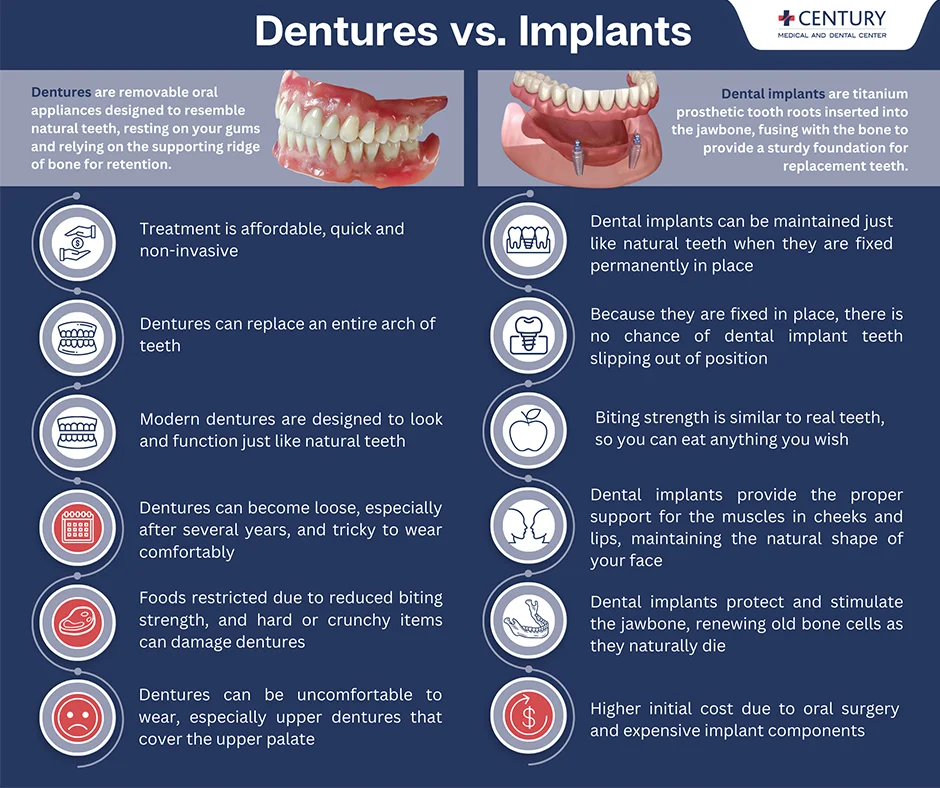Unknown Facts About Dental Implants
Table of ContentsGetting The Dental Implants To WorkThe smart Trick of Dental Implants That Nobody is DiscussingFascination About Dental ImplantsSome Known Facts About Dental Implants.
are medical gadgets surgically implanted right into the jaw to bring back an individual's capacity to chew or their appearance. They offer support for synthetic (phony) teeth, such as crowns, bridges, or dentures. When a tooth is shed because of injury or condition, a person can experience issues such as quick bone loss, malfunctioning speech, or adjustments to eating patterns that result in pain.
Structure of The Dental Implant System choosing oral implants, talk with your oral company concerning the prospective advantages and risks, and whether you are a prospect for the procedure. Things to consider: Your general wellness is a crucial factor in determining whether you are an excellent prospect for dental implants, the length of time it will certainly take to heal, and for how long the dental implant may remain in place.
Smoking cigarettes may impact the recovery process and decrease the long-term success of the dental implant. The healing procedure for the dental implant body might take a number of months or longer, during which time you typically have a momentary joint in area of the tooth. the oral implant procedure: Very carefully follow the oral health guidelines provided to you by your oral service provider.
Not known Facts About Dental Implants
Implant failing can cause the demand for one more surgery to deal with or replace the implant system. Brings back the ability to chew Recovers cosmetic look Assists keep the jawbone from reducing because of bone loss Maintains the health of the surrounding bone and periodontals Aids maintain nearby (neighboring) teeth steady Improves high quality of life Damage to surrounding natural teeth throughout dental implant placement Injury to the surrounding cells during surgery, such as sinus perforation Injury throughout surgical treatment (as an example, fracture of bordering jawbone) Insufficient feature, such as feeling like the teeth do not bite with each other usually An experience that the tooth is loosened or turning in area resulting from a joint screw loosening Implant body failure (looseness of the dental implant body) due to systemic infection, which may be most likely in individuals with unrestrained diabetics issues as a result of regional infection in bone and periodontals sustaining the dental implant body because of delayed healing, which might be a lot more most likely in people that smoke Trouble cleansing the gum tissues around the dental implant, leading to bad oral health Untreated gum illness Post-surgical tingling because of nerve impingement or damage Constantly alert healthcare carriers and imaging professionals that you have oral implants before any type of magnetic resonance imaging (MRI) or x-ray procedures.
FDA is not knowledgeable about any damaging occasions reported for MRI or x-ray treatments with dental implants. Dental implants systems are typically made of products that comply with worldwide consensus criteria of the International Company for Standardization (ISO) or ASTM International. These criteria have details of what makes a risk-free material.
Dental dental implant systems are evaluated according to worldwide consensus criteria. Biocompatibility testing, to reveal that physical call with the device does not cause difficulties like irritation or allergic response, is component of the assessment that helps make certain the products in the dental implant system are safe and do not cause unfavorable results when dental implanted in people.

Some Ideas on Dental Implants You Need To Know
Some people are not eligible for oral implant surgical procedure. It is for oral specialists to operate people with: intense illnessuncontrollable metabolic diseasebone or soft tissue illness or infectionIf these issues are resolved, an individual can have the surgical treatment. Dental Implants. In, dental doctors avoid from operating people with: If people with any one of the above go through oral implant surgery, there is a greater risk of the implant stopping working
Some people have a jawbone irregularity that prevents enough bone for a go to my blog dental implant from establishing. In such cases, a surgeon may need to execute a ridge modification. This involves lifting the gum to subject the area of warped bone. The surgeon will then use a bone or bone alternative to fix and accumulate the area.
Dental dental implant surgery is a customized procedure. It's not the same for everybody. The following provides a basic summary of what you can anticipate your dental practitioner, dental specialist, periodontist or prosthodontist to do: Place the dental implant surgically. Offer you time to heal. Attach the blog post and final crown, bridge or denture.
Next off, your specialist will meticulously place the dental implant into your jaw. Ultimately, your surgeon will rearrange your gum tissues and close the cut with stitches. If your implant is near the front of your mouth, your dentist will certainly make a temporary tooth for you to use until you recover. By doing this, you will not have a gap in your smile while you recoup.
Dental Implants Can Be Fun For Everyone
Your supplier can inform you what to expect in your scenario. During the recovery phase, your jawbone should fuse to the oral implant. This procedure, called osseointegration, is critical for security and long-lasting success. This procedure can take anywhere from 3 to nine months. In some instances, it may take longer.
When your implant heals, your dental practitioner can affix the abutment (small port message) and your last restoration (crown, bridge or denture). This typically takes about one hour to complete and may call Resources for a 2nd minor surgery. You should not really feel any type of pain throughout your oral implant procedure since your copyright will certainly use medicine to numb your gums.